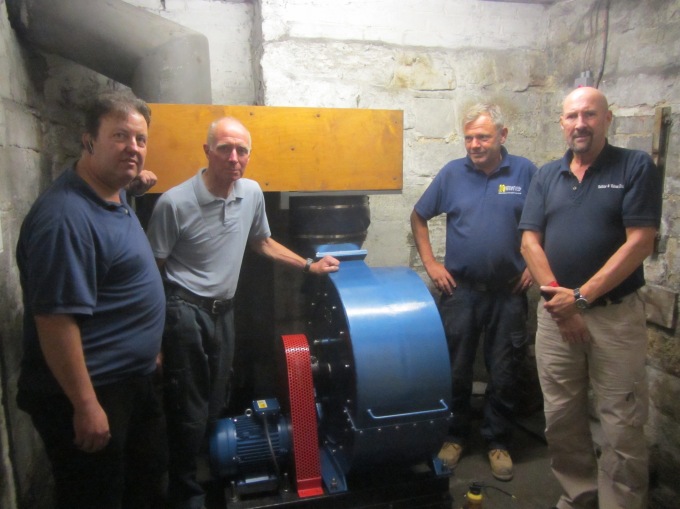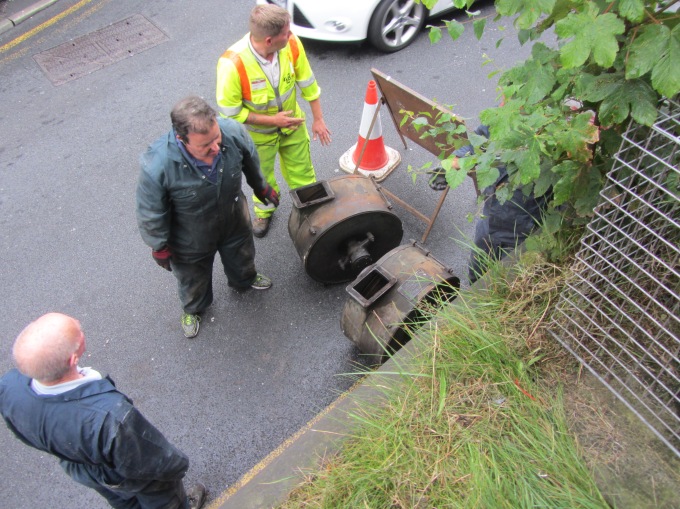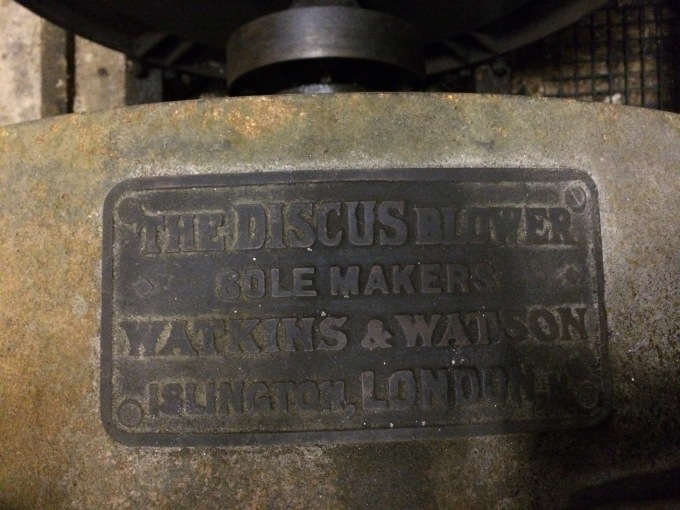Saturday 12 October, 2019

Not related to the Organ Appeal, but worthy of a mention, is the visit by the Choir of Liverpool Cathedral who gave a free concert of popular choral music, with donations as a fund-raiser towards their annual visit to foreign parts.
Directed by Cathedral Director of Music, Lee Ward, and accompanied by Professor Ian Tracey, Cathedral Organist Titulaire, the sound in the church was phenomenal. The concert lasted about an hour, and was made up of the following programme:
- Zadok the Priest – Handel
- Jesu, joy of man’s desiring – Bach
- Crucifixus – Lotti
- (Organ solo) Crown Imperial – Walton
- Justorum Animae – Stanford
- Te Deum – Vaughan Williams
- Jubilate – Britten
- This is the day – Rutter
- Let the people – Mathias
- (Organ solo) Toccata in F – Widor
- Hallelujah Chorus – Handel
Lee Ward’s demonstrative conducting was a model of how to give the choir continuous reminders of exactly what was needed, in terms of dynamics, phrasing and general style and had none of the hallmarks of the ‘token’ conductors so often seen. Professor Tracey managed the organ as he always does, never obviously falling foul of the instrument’s inconsistencies! All in all, an excellent experience which no-one should have missed!

Liverpool Cathedral Choir at Ormskirk Parish Church

















